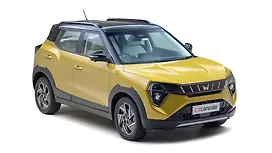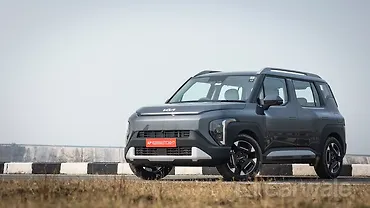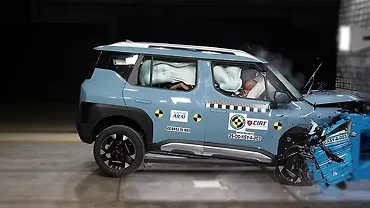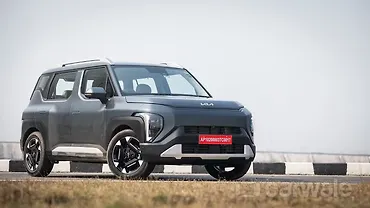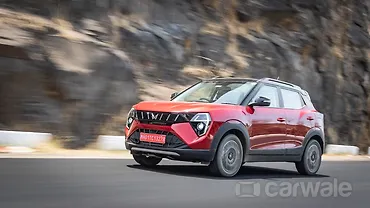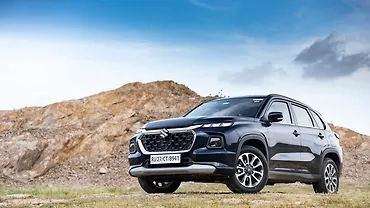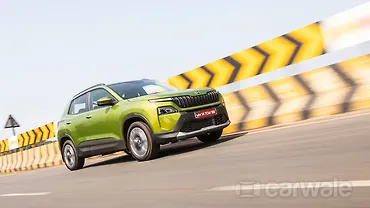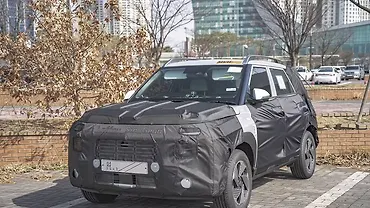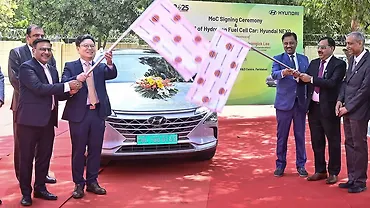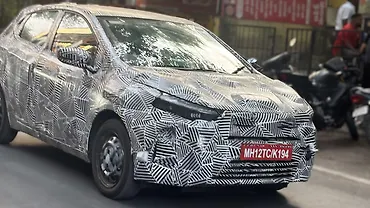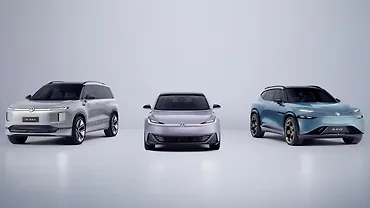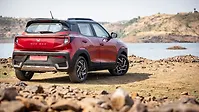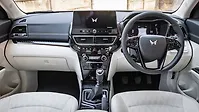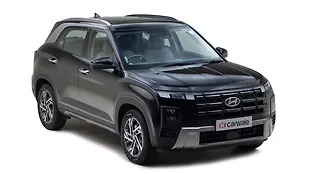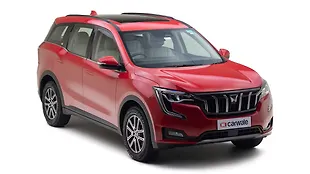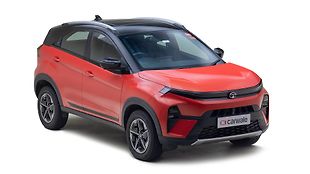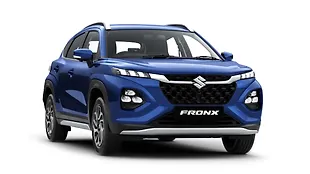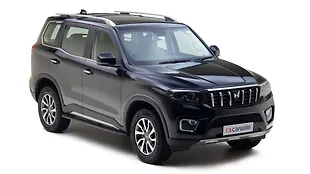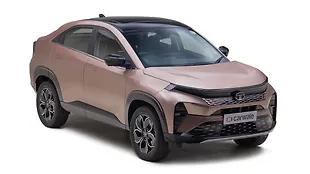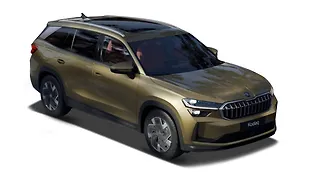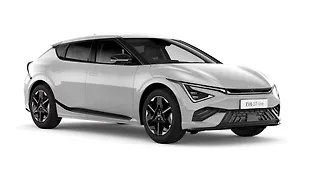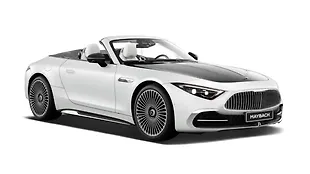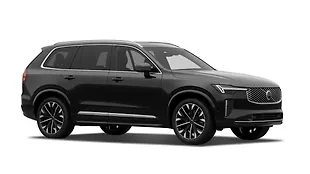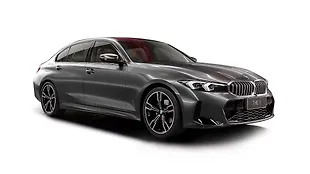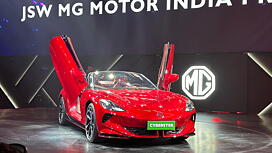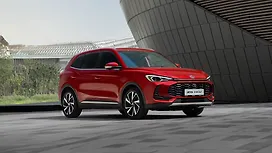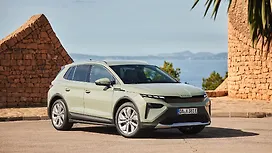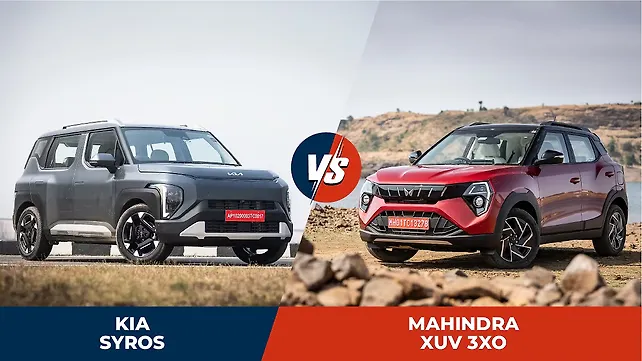
The sub-four-metre SUV segment has created a unique scenario, where features from much pricier cars have made their way into top-spec models of vehicles, chief of which is Level 2 ADAS. What if you want a fully loaded, petrol-powered car with a driver assistance system? What are your choices? They are the XUV 3XO and the newly-launched Kia Syros.

What’s common?
Before we jump into what separates the two cars, let’s take a look at their common features.
- Climate control with rear AC vents
- Digital screens with wireless phone mirroring
- Connected car technology
- Level 2 ADAS
- Panoramic sunroof/glass roof
- Powered driver’s seat
- Full LED light package
- 17-inch diamond-cut alloy wheels

What’s different?
However, look closer and you can see the relative differences between both vehicles in their features list. The Syros gets a triple-screen package and a dual-pane panoramic glass roof. Its biggest advantage is a rear-seat package that comprises a recline function, as well as seat base ventilation, both first-in-segment features. When comparing ADAS, the XUV 3XO offers it in a lower-spec AX5L variant, whereas Kia offers it in only the top-spec petrol AT and MT models.

Specs compared
This top-spec petrol engine in the XUV 3XO is a 1.2-litre GDi turbo petrol motor, producing 129bhp and 230Nm torque, while the Kia 1.0-litre GDi turbo petrol produces 118bhp and 172Nm torque. The former gets a six-speed AT, while the latter gets a seven-speed DCT. A six-speed manual gearbox is common for both.

Price difference
The Syros in this top-spec HTX+ (O) guise costs Rs. 1.23 lakh more but also offers more features. However, the XUV offers a lower variant ADAS and a more powerful petrol engine. But, this engine is only offered on the top-spec variants. If you go down the list to the lower-spec models, it’s a less powerful petrol engine. Another advantage that the 3XO gets is its already available BNCAP safety rating which stands at five stars, which is reassuring for a prospective buyer. The Syros is yet to be tested for safety ratings.

